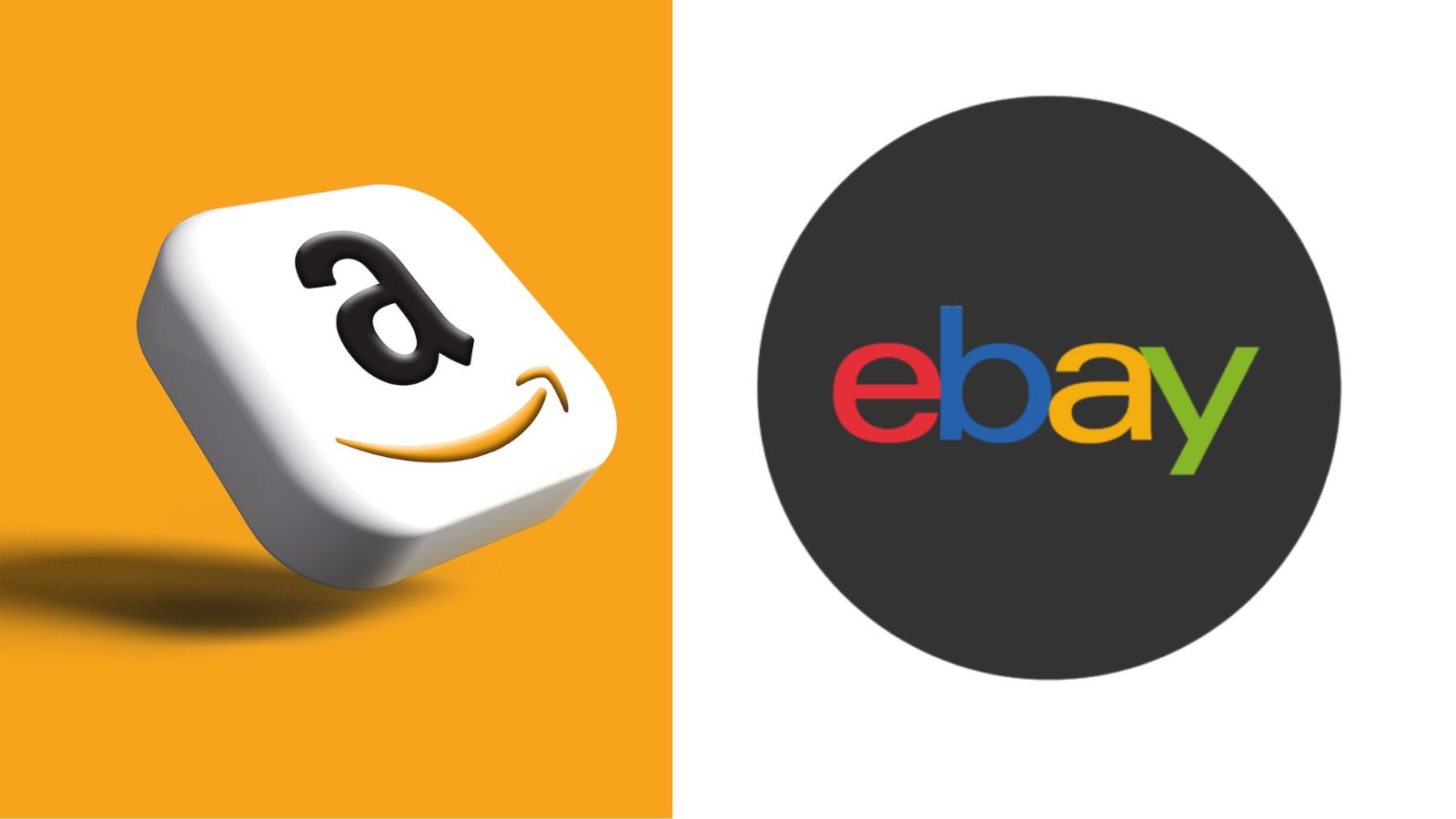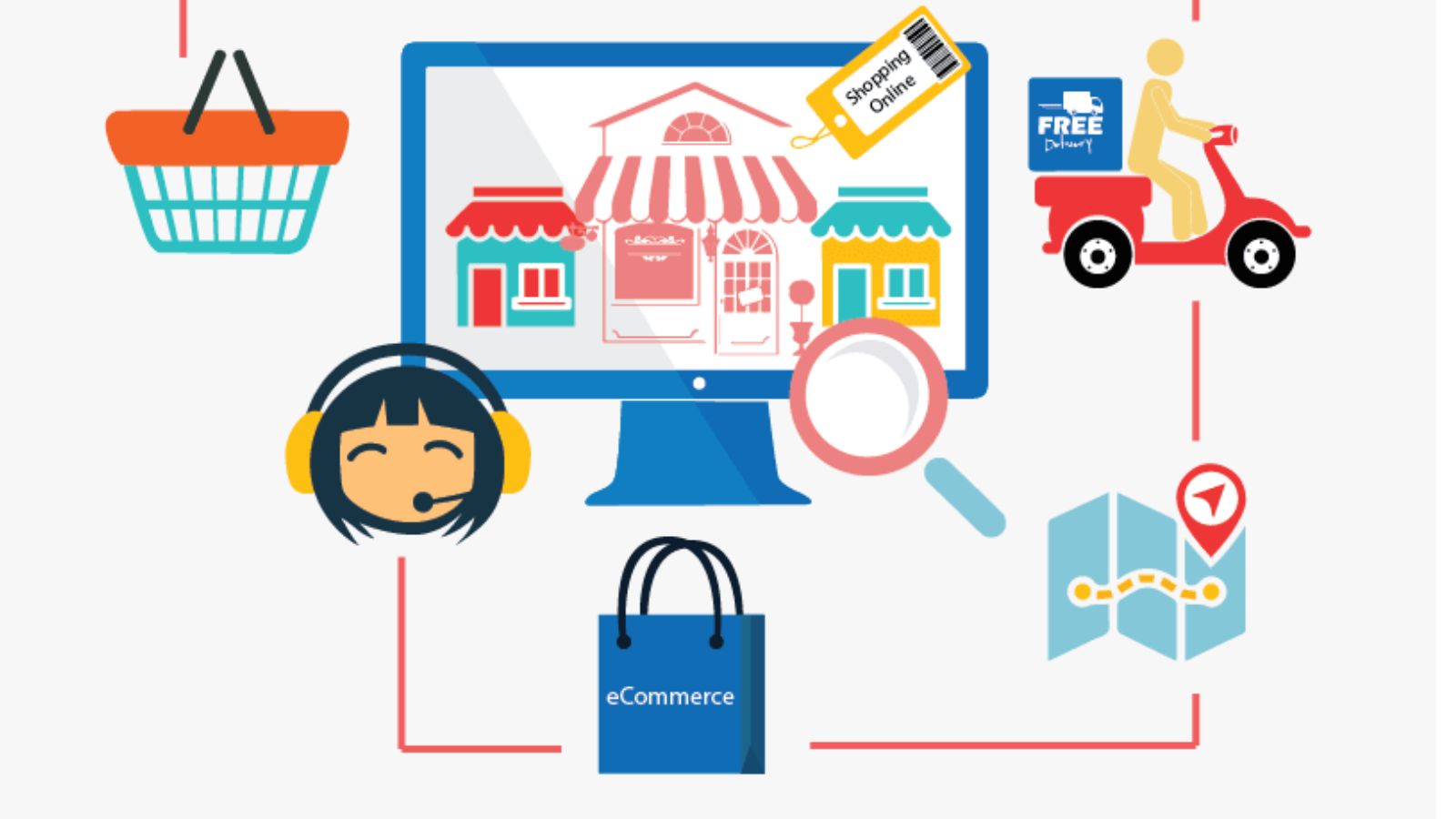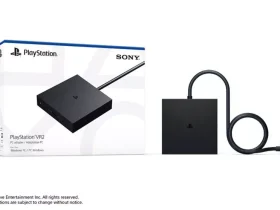Adobe has released new data showing that consumers in the United States spent USD $331.6 billion online between January 1 and April 30, 2024, indicating a 7% year-over-year growth.
This data, drawn from Adobe Analytics, offers a comprehensive overview of U.S. e-commerce, analyzing over one trillion visits to retail sites, 100 million distinct stock-keeping units (SKUs), and 18 different product categories.
The increase in online spending was notably driven by steady expenditures in discretionary categories like electronics and apparel, alongside a continued rise in online grocery shopping.
Consumers allocated USD $61.8 billion to electronics, a 3.1% increase from the previous year, and USD $52.5 billion to apparel, reflecting a 2.6% increase.
Grocery spending surged by a significant 15.7%, totaling USD $38.8 billion for the first four months of the year. Adobe predicts that online expenditure in the first half of 2024 will surpass USD $500 billion, marking a 6.8% year-over-year growth.

The data also revealed a surge in the cosmetics category, which Adobe has analyzed for the first time. Online spending in cosmetics reached USD $13.2 billion during this period, marking an 8% year-over-year growth.
Vivek Pandya, lead analyst at Adobe Digital Insights, emphasized the enduring strength of the digital economy, projecting that groceries will emerge as a dominant force in e-commerce revenue, rivaling electronics and apparel within the next three years.
However, the data also pointed to a shift towards more affordable goods across various e-commerce categories due to ongoing inflation. Adobe’s analysis categorized prices into four quartiles, tracking the shares of units sold in the most and least expensive quartiles from January 2019 to April 2024.
The share of the cheapest goods notably increased in categories including personal care (96%), electronics (64%), apparel (47%), home and garden (42%), furniture and bedding (42%), and grocery (33%).
Regarding the revenue impact, products with lower inflation within the grocery category experienced a revenue growth of 13.4%, while those with higher inflation saw a 15.6% decline.
In comparison, the cosmetics category showed a smaller disparity, with revenue from low-inflation goods rising by 3.06% and falling by just 0.34% for high-inflation items, suggesting stronger consumer loyalty to brands.

The popularity of the Buy Now Pay Later (BNPL) model continued to rise, with consumers spending USD $25.9 billion via this method from January to April 2024, marking an 11.8% increase from the same period last year.
Adobe expects BNPL to continue growing, projecting it to account for between USD $81 billion and USD $84.8 billion in spending for 2024, with a year-over-year growth range of 8% to 13%.
Other notable insights from Adobe Analytics highlighted a shift towards mobile-first shopping, with mobile devices driving USD $156.9 billion in online spending in the first four months of 2024, a noteworthy 9.8% increase from the previous year.
During the 2023 holiday shopping season, mobile shopping surpassed desktop for the first time, capturing 51% of revenue share, a trend anticipated to persist in the coming year.
Retailer marketing investments saw paid search as the most significant driver of online sales, accounting for 28.2% of sales in 2024 thus far.
Direct web visits, affiliate partnerships, organic search, and email also played substantial roles, with revenue from social media increasing by 5.2% year-over-year but still comprising less than 5% of total sales. Conversely, contributions from organic search decreased by 5.6% year-over-year.
Despite fluctuations, strong consumer spending has primarily been driven by net-new demand rather than higher prices. According to the Adobe Digital Price Index, e-commerce prices have been decreasing for over a year, with a 5.6% year-over-year drop recorded in April 2024.






Leave a Reply